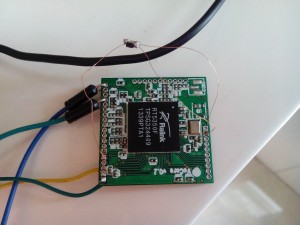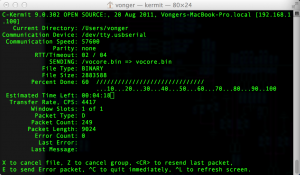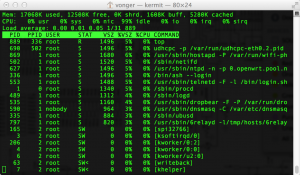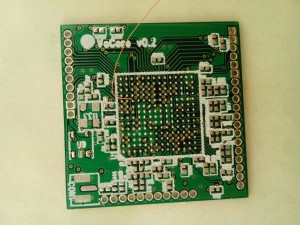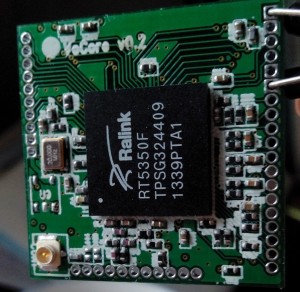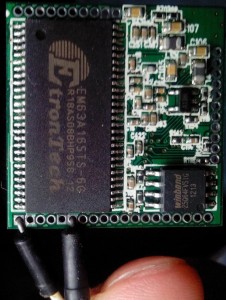[Capacitance]
|1 |17 | C9,C16,C43,C92,C98,C104, | 0402, 0.1uF, 10V, X5R, +/-10%
| | | C108,C113,C114,C387,C388, |
| | | C389,C390,C391,C414,C422, |
| | | C110 |
|2 |4 | C48,C50,C77,C79 | 0402, 1.2nF, 50V, X7R, +/-10%
|3 |3 | C36,C40,C409 | 0402, 1.2pF, 50V, NPO, +/-20%
|4 |1 | C105 | 0402, 1.5nF, 50V, X7R, +/-10%
|5 |2 | C7,C10 | 0402, 100pF, 50V, NPO, +/-5%
|6 |1 | C4 | 0402, 10nF, 16V, X7R, +/-10%
|7 |4 | C6,C17,C278,C443 | 0402, 10pF, 50V, NPO, +/-5%
|8 |3 | C8,C14,C111 | 0402, 1uF, 6.3V, X5R, +/-10%
|9 |2 | C35,C38 | 0402, 2.7pF, 50V, NPO, +/-10%
|10 |1 | C18 | 0402, 22nF, 25V, X7R, +/-10%
|11 |1 | C15 | 0402, 27pF, 50V, NPO, +/-5%
|12 |7 | C2,C42,C84,C93,C109,C112, | 0402, 4.7uF, 6.3V, X5R, +/-20%
| | | C251 |
|13 |1 | C161 | 0402, 470pF, 50V, NPO, +/-5%
|14 |2 | C105,C106 | 0603, 22uF, 10V, X7R, +/-20%
[Inductance]
|1 |1 | L11 | 0402, 2.2nH, +/-10%
|2 |1 | L12 | 0402, 2.7nH, +/-10%
|3 |1 | L444 | 0402, 3.3nH, +/-10%
|4 |1 | L14 | 0805, 4.7uH, +/-20%, 1100mA
[Resistance]
|1 |1 | R1 | 0402, 12k, +/-1%
|3 |1 | SR1 | 0402, 22, +/-1%
|5 |1 | R212 | 0402, 300, +/-5%
|4 |1 | R67 | 0402, 330k, +/-1%
|7 |1 | R68 | 0402, 680k, +/-1%
|6 |15 | R71,R94,R95,R107,R118, | 0402, 4.7k, +/-5%
| | | R119,R142,R144,R150,R154, |
| | | R192,R293,R308,R318,SR2 |
|8 |8 | R26,R27,R28,R29,R55,R56, | 0402, 49.9, +/-1%
| | | R57,R58 |
|9 |1 | R300 | 0402, 51, +/-5%
|10 |1 | R8 | 0402, 8.2k, +/-1%
|11 |1 | R50 | 0402, 9.1k, +/-1%
[Chip]
|1 |1 | MT3410L | SOT23-5
|2 |1 | RT5350F | TFBGA-196B
|3 |1 | EM63A165TS | TSOP-54
|4 |1 | W25Q64FV | SOIC 208mil
[Other]
|1 |1 | CRYSTAL 20MHz | 3225
|2 |1 | U.FL IPEX/IPX, SMT | 3225
